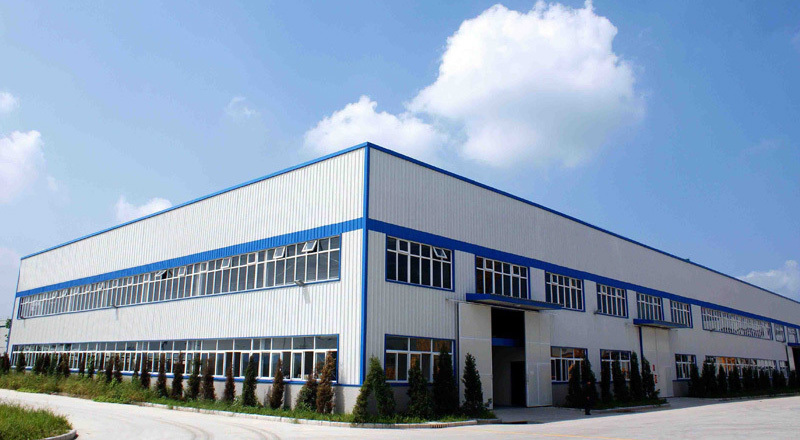News center

Precautions for stamping parts
1. Both semi-automatic and manual punching machines must be equipped with a dual hand brake switch, and it is strictly prohibited to press the switch by foot or by one hand. 2. After adjusting the machine for high impact and normal stamping, close the sound barrier box (except for the packaging of product 8065 during inspection). 3. During continuous stamping, employees are not allowed to pick up products by hand within 1 meter of the punching machine. 4. When technicians use the mold adjustment machine, they can only debug it by one person, not two people. 5. The technician can only adjust the machine and deliver materials outside the machine, with a distance of no less than 1M. 6. When erecting the mold, it is necessary to tighten the screws and stop the machine for 4 hours to check if the screws are loose.
2023-03-29

Application of Characteristics of Stamped Parts
Stamped parts are production techniques that utilize the power of conventional or specialized stamping equipment to directly deform the sheet metal in the mold, thereby obtaining a certain shape, size, and performance of product parts. Sheet metal, molds, and equipment are the three elements of stamping processing. Stamping is a method of metal cold deformation processing. So, it is called cold stamping or sheet metal stamping, abbreviated as stamping. It is one of the main methods of metal plastic processing (or pressure processing) and also belongs to material forming engineering technology. 50% to 60% of Universal's steel is made of sheet metal, with the majority being finished products that have been stamped and pressed. The body of a car, radiator fins, steam drum of a steam boiler, shell of a container, iron core silicon steel sheets of motors and electrical appliances are all stamped and processed. There are also a large number of stamping parts in products such as instruments, household appliances, office machines, and storage containers. Stamping is an efficient production measure that adopts composite molds, with the exception of multi-station progressive molds. It can complete multiple stamping technology operations on a single press and complete the automatic generation of materials. Fast production speed, long rest time, low production cost, collective production capacity of hundreds of pieces per minute, loved by many processing plants. Stamped parts, castings, and forgings have the characteristics of being thin, uniform, light, and strong. Stamping can produce workpieces with reinforcing ribs, ribs, coils, or flanges that are difficult to manufacture with this familiar hand diameter, in order to improve its rigidity. Due to the rejection of rough molds, the workpiece accuracy can reach the micrometer level, with high accuracy and consistent specifications, and can be punched out with holes, protrusions, etc. In actual production, process tests similar to the stamping process are commonly used, such as deep drawing performance tests, bulging performance tests, etc., to inspect the stamping performance of materials, in order to ensure the quality of finished products and high qualification rates. In addition to forming thick plates with a hydraulic press, stamping equipment usually uses a viscous press. Focusing on the modern high-speed multi-station viscous press, setting up equipment configuration such as uncoiling, product collection, and delivery, as well as mold storage and rapid mold replacement placement, and using computer French tube bundles, a passive stamping production line with high production rate can be formed. Under the condition of producing dozens or hundreds of stamping parts per minute, completing stamping and production processes in a short period of time often results in personal, equipment, and quality issues. Therefore, safety production in stamping is a crucial issue
2023-03-29

What are the characteristics of stamping parts processing?
The processing of stamping parts is based on the premise of low material consumption. The parts are lightweight and have good stiffness, and after plastic deformation of the sheet metal, the internal organizational structure of the metal is improved, thereby increasing the strength of the stamping parts. Stamped parts processing has relatively high dimensional accuracy, with uniform and consistent dimensions of the same module, and good interchangeability. No further mechanical processing is required to meet general assembly and usage requirements.
2023-03-13

